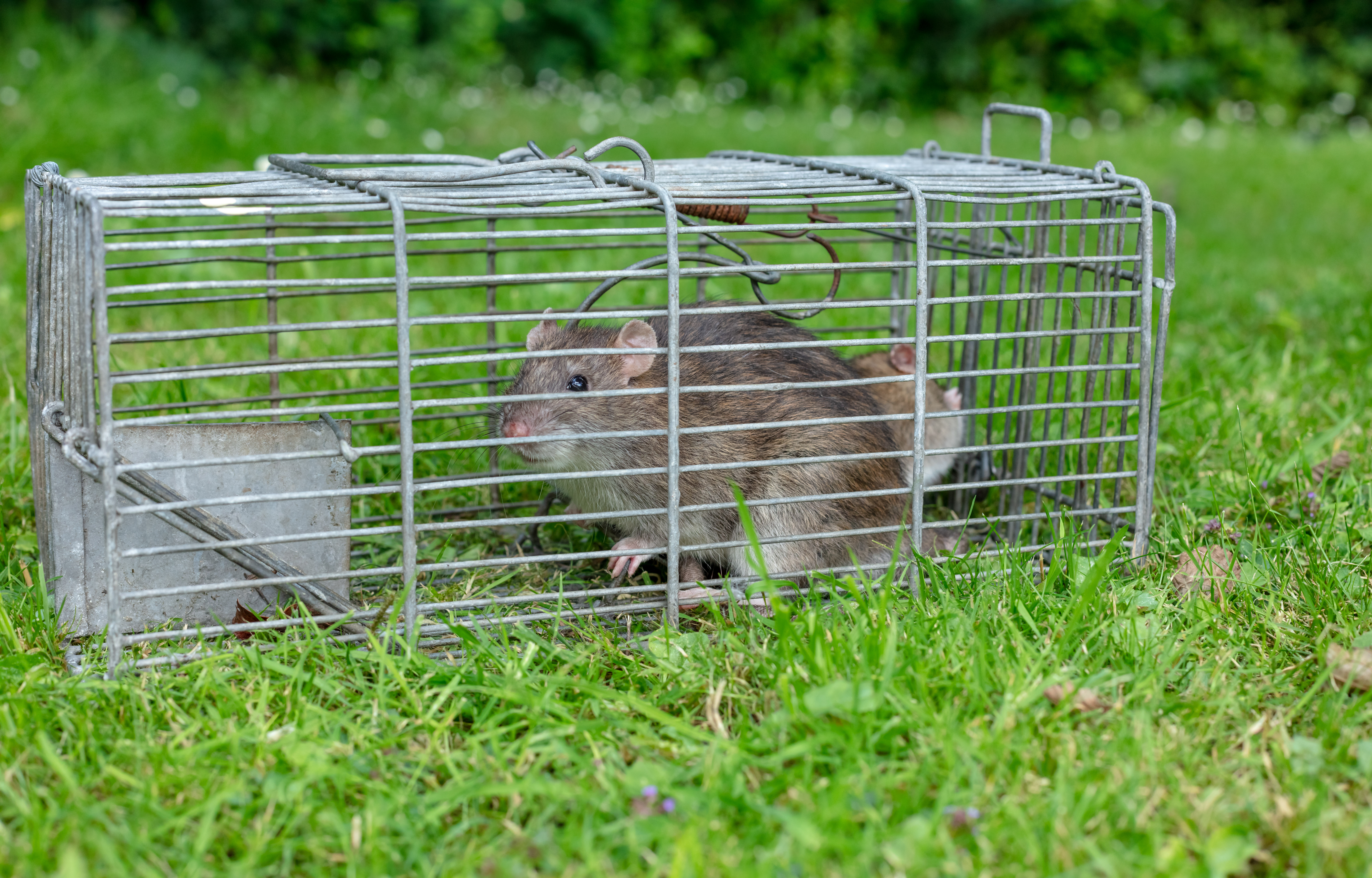
Whether you have bugs, bats, or rodents invading your home, you’ll want to contact an exterminator quickly. Find out how much pest control costs in Columbus, OH.
Not all bees are the bee’s knees


Bumblebees are social bees, while carpenter bees are solitary.
Both bumblebees and carpenter bees nest for approximately 2–3 months.
Carpenter bees drill a half-inch hole into untreated wood for nesting.
Prevent bees from nesting on your property by treating wooden structures.
Bumblebees are fuzzier, while carpenter bees have a shiny black abdomen.
During the spring, you may hear a friendly buzz as you stop to smell the flowers, but not all buzzing comes from bumblebees. And not all bees are greeted with the same “aww” when it comes to the wooden structures in the yard.
Learn the differences and similarities between bumblebees and carpenter bees and know how best to protect your home from potential destruction.
Though all bees are beneficial, carpenter bees have a bad rap because of their nesting habits. But this isn’t the only difference between these often-misunderstood bees and their bumblebee cousins. Here’s how the two bee species differ.
Bumblebees are fuzzier than carpenter bees and have a fluffy, often black and yellow, abdomen. They also have rounder, smaller wings. Carpenter bees have a fuzzy, sometimes yellow thorax; however, these bees have a shiny, black abdomen and larger, oval-shaped wings. They’re usually larger than bumblebees, but some carpenter bee species can be smaller or the same size.
Bumblebees are social butterflies and live in hives in the ground, while carpenter bees are “lone wolves” and lay their eggs in meticulously-drilled holes in wooden structures.
Carpenter bees can damage your home. They pose a threat to your untreated and unpainted wooden structures. From your deck to your gazebo, if a carpenter bee sees a potential nesting site, it will drill a hole into the wood to lay its eggs. Bumblebees lay their eggs in nests that are usually underground and pose no threat to wooden structures.
Before going into the many ways that these two bee species are different, here are a few ways that they are similar.
All bees are pollinators. A pollinator carries pollen from flower to flower, helping to fertilize plants and promote new life. Pollinators are important to the environment, so any bee is a good bee! Some carpenter bees and bumblebees are the only pollinators for certain plant species, making it vital that we do our part to keep bees alive and buzzing.
Though there are some noticeable differences between carpenter bees and bumblebees, when you spot a bee in your yard, you might not be tempted to get too close to tell the difference.
Both insects have a similar body shape, yellow fuzz, black wings, and a body size of approximately 1 inch. To make things trickier, carpenter bees have a yellow thorax, making it easy to mistake one for a bumblebee, which has black and yellow stripes.
Cartoons infamously show bees as aggressive swarms that will chase you if you dare to even walk past them, but both bumblebees and carpenter bees are relatively nonaggressive—as long as you don’t mess with their nests. Both types of bees have females who can sting and males who don’t have stingers.
From average costs to expert advice, get all the answers you need to get your job done.

Whether you have bugs, bats, or rodents invading your home, you’ll want to contact an exterminator quickly. Find out how much pest control costs in Columbus, OH.

How much does bee removal cost? Learn what you’ll pay based on factors like hive location, size of the infestation, extermination or removal, and more.

When calculating the cost of hiring a flea exterminator, consider your home size and the infestation extent. This guide will help you figure out what to budget.

While ground bees play an important role in our environment, severe infestations can cause issues. Learn how you can get rid of ground bees with this guide.

“Water bugs” typically refer to a type of cockroach. Find out how to get rid of them instantly and keep them away for good in this handy DIY guide.

Noticing a growing number of rats calling your yard or garden home? Here are your best options to deal with them.